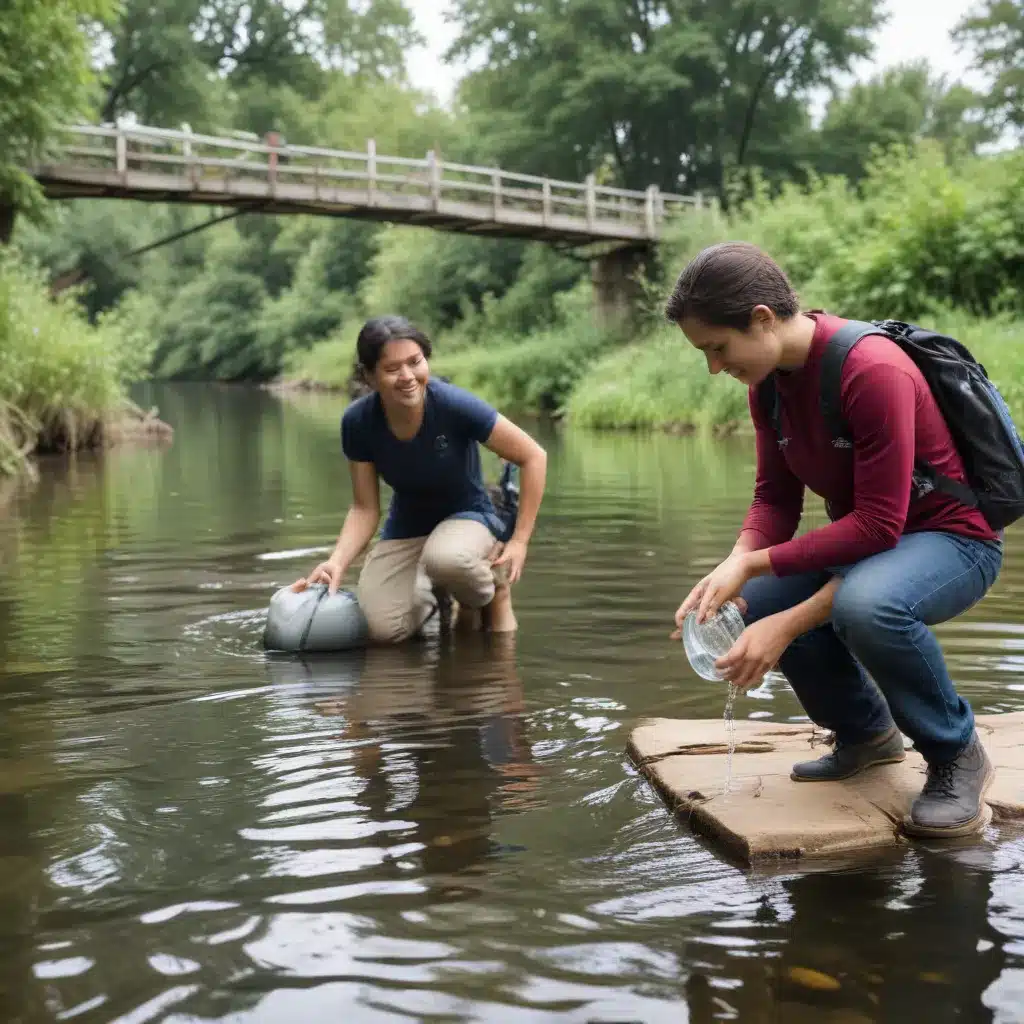
Navigating Divisions in County Governance
As county leaders across the nation grapple with growing divisions within their communities, the need for effective strategies to bridge these gaps has never been more pressing. From tensions within county boards to conflicts between county government and local residents, these divides undermine collaborative problem-solving and impede progress on critical issues.
Recognizing the urgency of this challenge, the National Association of Counties (NACo) has launched the “ForwardTogether” initiative, which focuses on three key pillars: Intrapersonal, Interpersonal, and Intergroup strategies for bridging divides. These evidence-based approaches, rooted in the research of organizations like the Greater Good Science Center and Convergence Center for Policy Resolution, offer a roadmap for county leaders to navigate complex challenges and foster unity within their communities.
Overcoming Intrapersonal Barriers
At the individual level, county leaders can cultivate the right mindset to engage constructively across differences. This begins with assuming positive intent – the belief that most people, even those with opposing views, are acting in good faith. By expanding personal experiences and exposing oneself to new people, events, and perspectives, county leaders can broaden their comfort zones and challenge stereotypes. Additionally, actively seeking counter-stereotypical information and focusing on unique individual qualities rather than group identities can help shift away from “us vs. them” thinking.
Enhancing Interpersonal Skills
Effective communication and relationship-building are crucial for bridging divides. Active listening, understanding others’ perspectives, and finding shared identities can foster empathy and connection, even in the face of political or ideological differences. Similarly, appealing to common values rather than positions can open the door to productive dialogue and collaborative problem-solving.
Fostering Intergroup Cooperation
At the group level, county leaders can create the conditions for positive intergroup contact, allowing diverse parties to see each other as individuals rather than representatives of a particular group. By identifying common goals and shifting the focus to solutions, county leaders can transcend assumptions and promote a collaborative mindset, even among seemingly opposing factions.
Leveraging Water-based Citizen Science
One promising approach for county leaders to bridge divides and foster community engagement is through water-based citizen science initiatives. These programs empower residents to actively participate in monitoring, analyzing, and addressing local water-related challenges, creating opportunities for meaningful dialogue and collective problem-solving.
Engaging Diverse Stakeholders
Water-based citizen science projects can bring together a wide range of community members, from environmental advocates and public health professionals to farmers and local businesses. By co-creating the research agenda, participants develop a shared sense of ownership and investment in the outcomes, fostering a spirit of collaboration and mutual understanding.
Uncovering Hidden Connections
As residents work together to collect and analyze water quality data, they often uncover unexpected links between seemingly unrelated issues, such as infrastructure, land use, and public health. These revelations can challenge preconceived notions and spark conversations about common values and shared priorities, paving the way for innovative, community-driven solutions.
Building Trust and Transparency
The transparent, data-driven nature of citizen science initiatives can enhance trust between county government and local communities. By involving residents in the decision-making process and demonstrating responsiveness to their concerns, county leaders can demonstrate a genuine commitment to addressing the community’s needs and cultivating a culture of collaborative problem-solving.
Bridging Divides through Collaborative Problem-Solving
The intrapersonal, interpersonal, and intergroup strategies outlined above form the foundation for a collaborative problem-solving approach that county leaders can utilize to address complex, divisive issues. This process involves:
-
Understanding the Problem: Gathering diverse perspectives, analyzing data, and framing the issue in a neutral, solution-oriented manner.
-
Assembling a Collaborative Team: Bringing together stakeholders with diverse backgrounds, expertise, and experiences to foster creativity and collective intelligence.
-
Establishing Common Goals: Identifying shared priorities and a shared vision for success, which can serve as a unifying force.
-
Encouraging Open Dialogue: Creating an environment that promotes the free exchange of ideas, empathy, and a willingness to explore various viewpoints.
-
Evaluating and Selecting Solutions: Collaboratively assessing the viability of proposed solutions based on predefined criteria and their ability to address the needs and interests of all parties.
-
Developing an Action Plan: Clearly defining responsibilities, timelines, and resources for implementing the chosen solutions.
-
Continuously Monitoring and Adapting: Gathering feedback, measuring outcomes, and being prepared to adjust the approach as needed to ensure sustained progress.
By following this collaborative problem-solving framework, county leaders can harness the collective wisdom of their communities, bridging divides and developing durable, innovative solutions to complex water-related challenges.
Strengthening Intergovernmental Collaboration
Beyond addressing divisions within county government and local communities, county leaders must also navigate the challenges of intergovernmental collaboration, forging effective partnerships with state, federal, and tribal entities. These partnerships are crucial for aligning policies, coordinating resources, and providing a comprehensive response to issues that transcend jurisdictional boundaries, such as disaster response, infrastructure development, and environmental conservation.
County leaders can leverage the intergroup strategies discussed earlier to facilitate productive dialogues and align goals with their governmental partners. This may involve convening joint training programs, organizing collaborative problem-solving sessions, and establishing communication channels that foster transparency and trust.
Empowering Communities through Citizen Engagement
Finally, county leaders play a vital role in bridging divides with the communities they serve. By actively engaging residents in decision-making processes, county governments can build trust, enhance transparency, and ensure that policies and services reflect the diverse needs and aspirations of the community.
Effective community engagement starts with planning and assessment, identifying key stakeholders, and establishing clear goals and timelines. County leaders should then employ a variety of outreach methods, ranging from active approaches like door-to-door canvassing to passive techniques like online surveys and public meetings. Throughout the engagement process, listening and incorporating community feedback are essential for demonstrating a genuine commitment to collaborative problem-solving.
By embracing the principles of collaborative problem-solving, intergovernmental collaboration, and community engagement, county leaders can harness the power of water-based citizen science to bridge cultural divides, foster unity, and drive meaningful, sustainable change within their communities.

